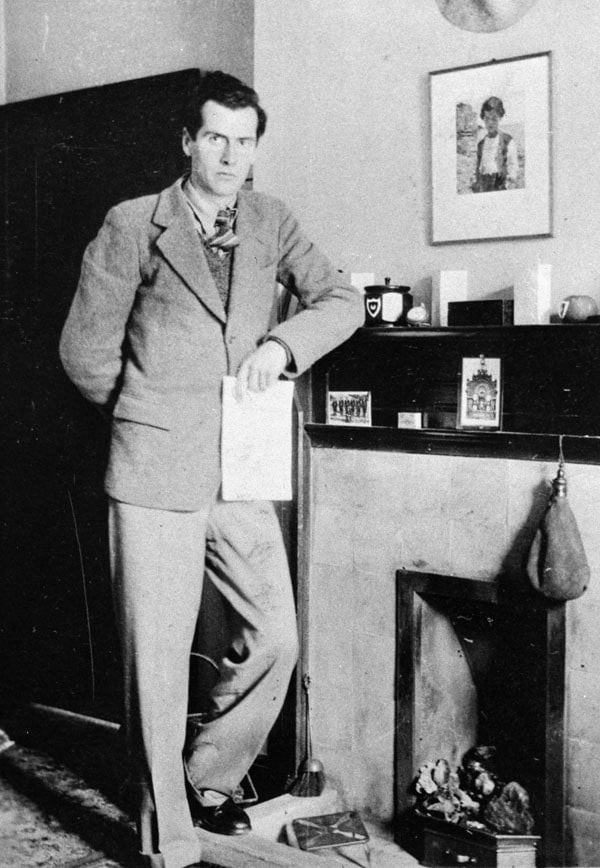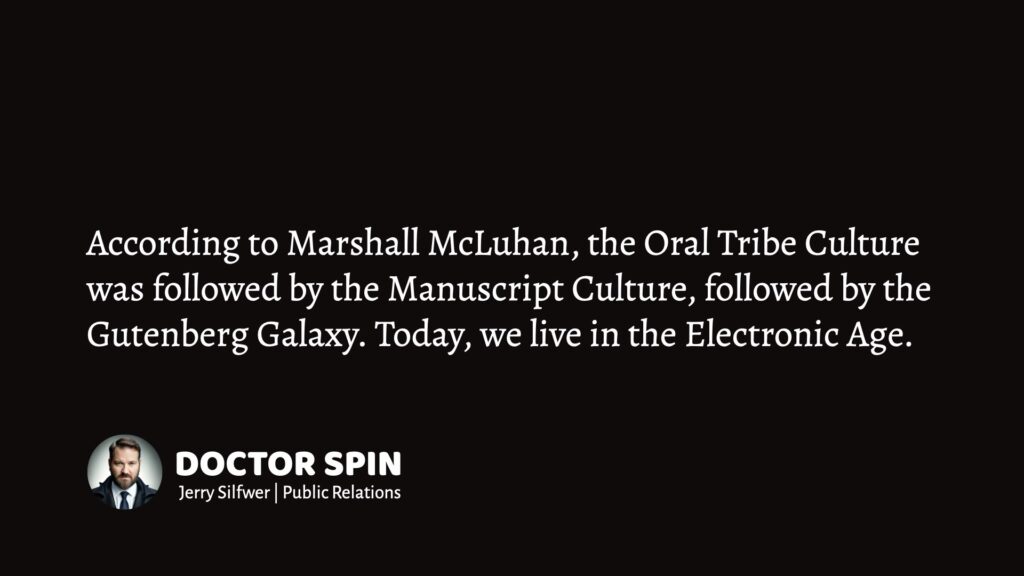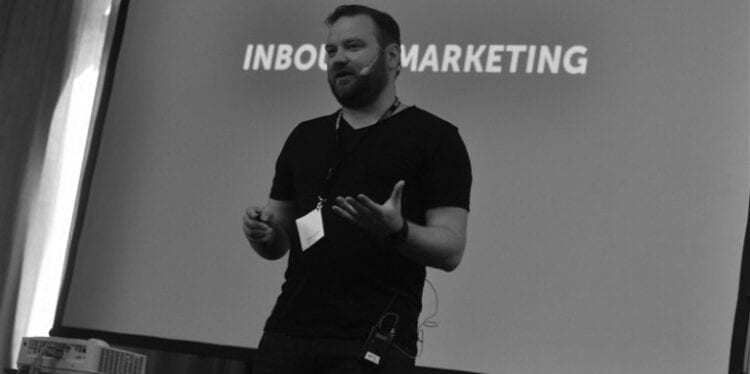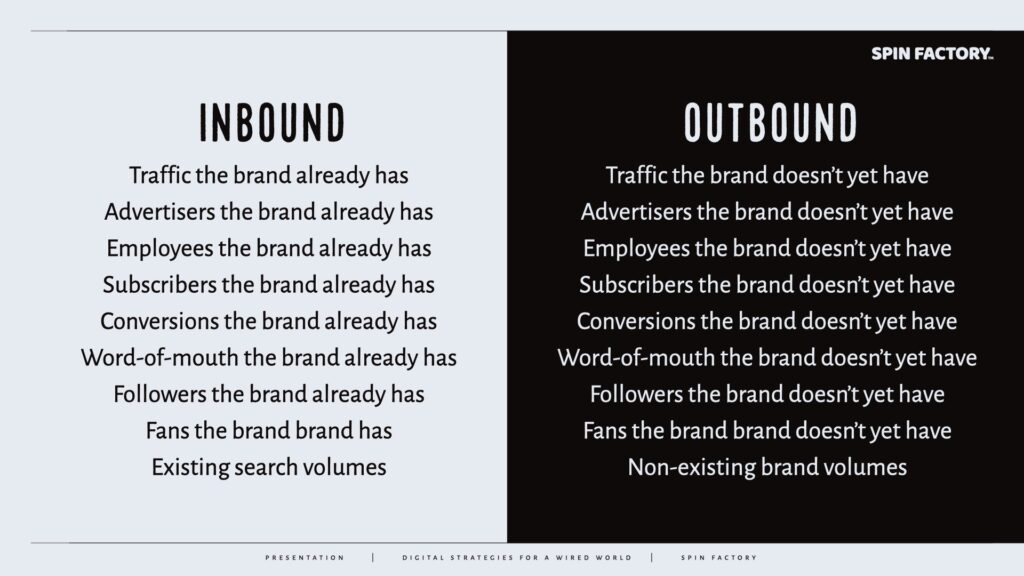Digital-first is the way.
I can see it clearly. It was never about what role “the new digital landscape” was supposed to play in PR.
It was always about what role — if any — PR was supposed to play in the Electronic Age.
Here we go:
“Digital-First? No Way!”
I’ve worked in various disciplines of public relations. When I doubled down on digital strategy and found success, many peers in the traditional PR industry tried to convince me that I’d better set my mind on digital being a fad.
“Enjoy it while it lasts,” they said.
Most traditional PR professionals regarded digital media as just another information technology. They thought the hype would die and the digital media hype would fade.
One respected senior PR professional approached me at an event. He was a little bit drunk, but he wanted to inform me that “everything would soon be back to normal again.” He told me he was impressed by my ideas on digital PR but that I should be careful not to “burn any bridges.”
“This digital media hype won’t last forever,” he said.
A few years later, his renowned traditional PR agency, once a powerhouse and a career target for many professionals, is gone. I haven’t heard from him since. And the digital transformation has only just begun.
Digital media is like nothing we’ve ever seen before. As soon as you stumble upon something new, yet another endless content abyss opens up under your feet.
Not even the printing press measures up. Our current digital transformation is on par with the industrial revolution. And it shows no signs of slowing down.
But more importantly for many traditional PR professionals — the old ways won’t be making a comeback.
Enter: The Electronic Age
Human culture is often described based on our access to production technologies (e.g., the Stone Age, the Bronze Age, and the Iron Age).
According to Marshall McLuhan and the Toronto School of Communication Theory, a better analysis would be to view societal development based on the prominence of emerging communications technologies.

McLuhan’s Four Epochs
McLuhan suggests dividing human civilisation into four epochs:
“The Gutenberg Galaxy is a landmark book that introduced the concept of the global village and established Marshall McLuhan as the original ‘media guru’, with more than 200,000 copies in print.”
Source: Modern Language Review 1McLuhan, M. (1963). The Gutenberg galaxy: the making of typographic man. Modern Language Review, 58, 542. https://doi.org/10.2307/3719923

As a PR professional and linguist, I subscribe to the concept of the Electronic Age. I firmly believe society is unlikely to revert to the Gutenberg Galaxy.
Like the rest of society, the PR industry must commit to digital-first, too. Mark my words: It’s all-in or bust.
Read also: The Electronic Age and the End of the Gutenberg Galaxy
The Inbound Shift
As public relations professionals, we must rethink how we think about publics. Traditionally, many PR departments have argued:
“Why should we waste budgets on ‘already acquired’ audiences?”
The truth is — it’s the other way around.
The inbound shift is a fundamental mindset change in the public relations industry.

Instead of “spamming” non-existing audiences, public relations and marketing can do much more with existing online publics. 2Silfwer, J. (2015, June 11). The Publics in Public Relations. Doctor Spin | The PR Blog. https://doctorspin.net/publics-in-public-relations/
Inbound vs Outbound: The Difference
Inbound vs outbound is the online equivalent of drawing the line between those who know you and those who don’t.
Drawing a line between those who know you and those who don’t know you is nothing new:
If your inbound shift PR strategy is strong, you might no longer need to prioritise your outbound PR strategies since your inbound audience will attract outbound publics!
Learn more: The Inbound Shift PR Strategy
PR Must Adapt — Or Die
Digital media will be the prime mover of people’s perceptions for a long time. It has become our number-one source for information, group formation, and dialogue.
The biggest challenge in modern public relations is the constantly changing media landscape. With the proliferation of social media, the rise of fake news, and the decline of traditional journalism, it can be difficult for organisations to control the spread of information and protect their reputations.
When Brian Solis and Deirdre Breakenridge published Putting the Public Back in Public Relations: How Social Media Is Reinventing the Aging Business of PR in 2009, it proposed how PR should embrace the digital-first media landscape and elevate our profession to new heights. 3Solis, B. & D. Breakenridge (2009, February 1). Putting the Public Back in Public Relations: How Social Media Is Reinventing the Aging Business of PR. Amazon.com: Books. … Continue reading
As we choose our future as public relations professionals, we must realise that the internet and its algorithms are more powerful than a few (barely surviving) newspapers.
The era of traditional print media is over:
Digital-first is no longer a matter of perspective — it’s a promise.
If we allow the world to think of PR professionals as outdated flacks, we’ll fade into oblivion while armies of digital marketers take over our responsibilities.
PR professionals must be strategic and proactive in their approach and able to adapt to new technologies and platforms to communicate effectively with their publics.
“The authors argue that earlier paradigms are mostly inadequate in addressing the needs of a 21st Century in which communication technology is creating rapid globalization while it is dangerously exacerbating the tensions of multiculturalism. Through a critical discussion of prior assumptions and paradigms in public relations scholarship, the authors underline the need for public relations to revitalize and bring its body of knowledge into the 21st Century.”
Source: Public Relations Review 4Valentini, C., Kruckeberg, D., & Starck, K. (2012). Public relations and community: A persistent covenant. Public Relations Review, 38(5), 873 – 879. https://doi.org/10.1016/j.pubrev.2012.06.001
The biggest challenge in PR is ensuring that our profession keeps up with new communication technology and stays valuable and relevant as a business function.
So, what does this mean?
It means that digital communication is not a fad.
It means that we must adapt — or perish.
Learn more: PR Must Adapt (Or Die)

THANKS FOR READING.
Need PR help? Hire me here.

What should you study next?
Spin Academy | Online PR Courses

Spin’s PR School: Free Digital-First Course
Get started with this free Digital-First PR Course and learn essential public relations skills and concepts for future success in the PR industry.
The Electronic Age
Artificial Intelligence
Digital Transformation
Digital Public Relations
Learn more: All Free PR Courses
💡 Subscribe and get a free ebook on how to get better PR.

Annotations
| 1 | McLuhan, M. (1963). The Gutenberg galaxy: the making of typographic man. Modern Language Review, 58, 542. https://doi.org/10.2307/3719923 |
|---|---|
| 2 | Silfwer, J. (2015, June 11). The Publics in Public Relations. Doctor Spin | The PR Blog. https://doctorspin.net/publics-in-public-relations/ |
| 3 | Solis, B. & D. Breakenridge (2009, February 1). Putting the Public Back in Public Relations: How Social Media Is Reinventing the Aging Business of PR. Amazon.com: Books. https://www.amazon.com/dp/0137150695?tag=pr200f-20&camp=14573&creative=327641&linkCode=as1&creativeASIN=0137150695&adid=02J76YW6R9GXVRCCJJM0& |
| 4 | Valentini, C., Kruckeberg, D., & Starck, K. (2012). Public relations and community: A persistent covenant. Public Relations Review, 38(5), 873 – 879. https://doi.org/10.1016/j.pubrev.2012.06.001 |



